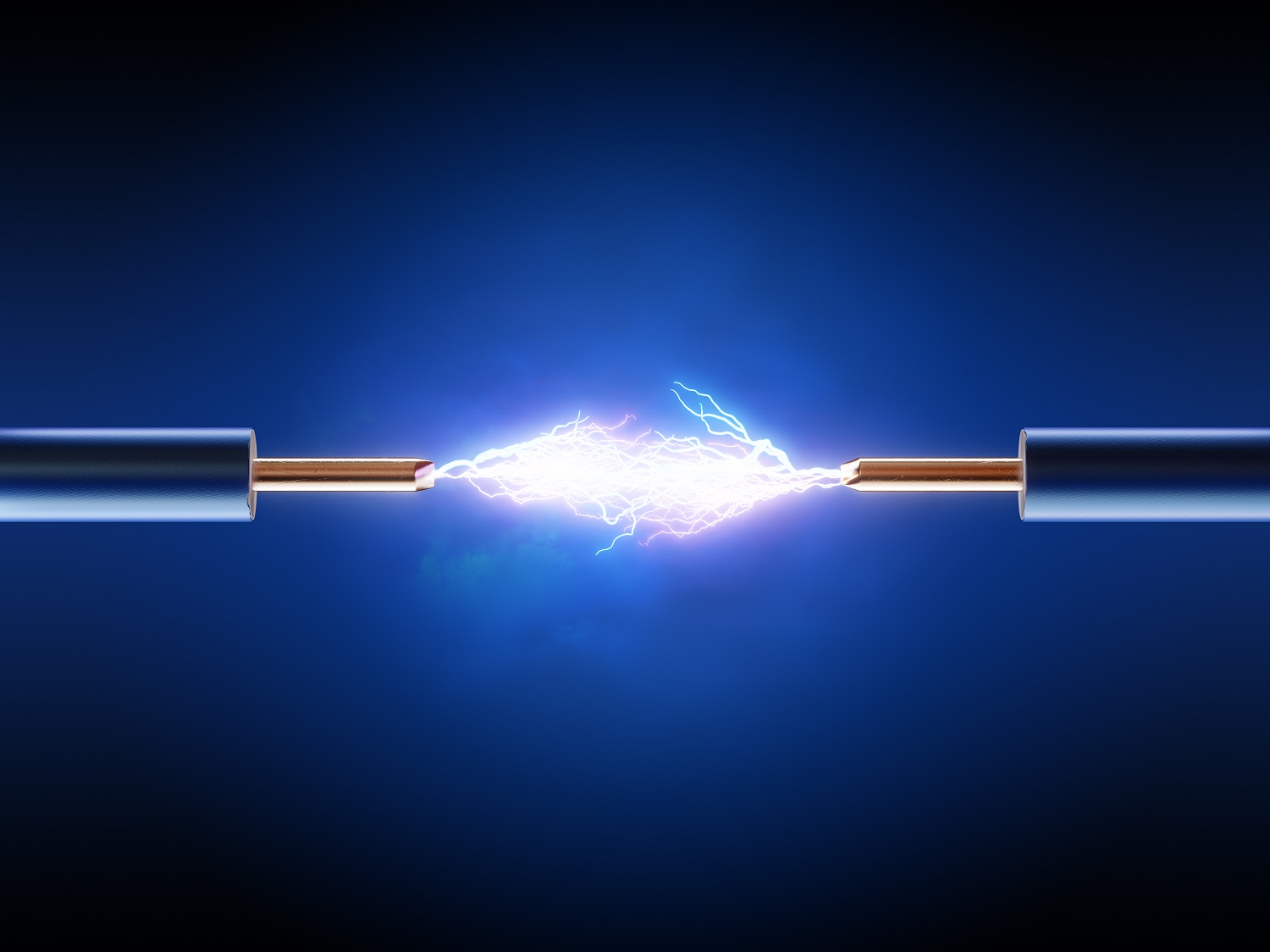The National Fire Protection Association (NFPA) and the Phoenix Society for Burn Survivors introduce an additional, final video interview of its Faces of Fire/Electrical series, which features personal stories of people impacted by electrical incidents and demonstrates the need for continued education and awareness about electrical hazards, fire hazards in the workplace and at home.
In August 2004, Don Johnson, an electrician from Florida, was at work connecting a client’s backup generator for use during an impending hurricane when a failure of his rotation tester or a loose clip shorted out in a 4,000 amp/480-volt switchgear section he was working on, creating an arc flash event that destroyed much of the equipment and blew him against a wall nearly killing him. Johnson survived but suffered third-degree burns on his face, neck and arms, and spent years recovering from his injuries.
Arc flash, also known as flashover, is the light and heat produced as part of an arc fault, and a type of electrical explosion or discharge that results from an unintended electrical connection through the air to ground or another phase of the electrical system. An arc flash is one of the most devastating and deadly electrical hazards present in today’s workplace; it can produce temperatures as high as 35,000 degrees Fahrenheit and cause severe burns, hearing loss, eye injuries, skin damage from blasts of molten metal, lung damage, and blast injuries. Arc Flash events are considered major fire hazards. An NFPA report estimates that five to 10 arc flash incidents occur every day, and more than 2,000 people are treated annually in burn centers with arc flash injuries.
Both shock and arc flash, in addition to other electrical hazards have been the focus of NFPA 70E®, Standard for Workplace Electrical Safety® and OSHA standards since the late 1970s. NFPA 70E emphasizes the importance of performing a solid risk assessment that examines all aspects of the hazards to which employees are exposed and provides a valuable tool to determine how best to mitigate the potential danger.
Faces of Fire/Electrical features personal stories of electrical burn survivors whose lives have been forever altered and how more understanding, training, and a change in work culture could have significantly impacted these outcomes. Woven into these stories of resilience is an additional interview with a physician dedicated to the complete physical and emotional healing of patients suffering from a burn injury. A recent NFPA Podcast features three renowned doctors whose research and work with electrical burn patients helps explain what a powerful shock can do to the body, the treatments available, and how an understanding of these injures is continuing to evolve. Through these interviews, written profiles, and related information, Faces of Fire/Electrical is a resource for electrical and non-electrical workers, and the general public to learn more about the importance of electrical safety.
While many electrical injuries prove fatal, those that are not can be particularly debilitating, oftentimes involving complicated recoveries and lasting emotional and physical impact. The Faces of Fire/Electrical campaign ultimately works to help build a safer world by teaching others and supporting the burn survivor community in advancing lifelong healing, optimal recovery, and burn and injury prevention.
IMEC Technologies provides Safety Management Software to increase worker safety and aid compliance. IMEC’s Safety Management Software will manage inspections and audits, provides hazard identification, incident reporting, management of corrective and preventative actions from generation to closure. IMEC provides lock out tag out software solutions that will allow users to create lockout tagout procedures using an intuitive Mobile App and Manage Lockout Tagout Procedures, also the Review and Execution of those Lockout Tagout Procedures using the Mobile App. Annual Lockout Tagout Procedures audits are conducted using a Mobile App. The Mobile Inspection App allow users to perform inspections and audits, for example the system can be used as a Fire Extinguisher Barcode Inspection Software system to manage monthly fire extinguisher inspections and general fire safety inspections and also to record safety observations and manage corrective actions, anywhere and anytime. The solution can be used as a fire extinguisher barcode inspection software system or life safety inspection system to aid compliance in Higher Education, Healthcare, Industrial and Commercial Organizations. Benefits from a Fire Extinguisher Barcode System include the elimination of paperwork and reducing the burden of compliance with regulations such as NFPA, The Joint Commission. The Incident Reporting App allows users to easily and quickly report incidents, hazards and near-misses, these are then sent to the appropriate people for action and are managed to closure. Web Apps provide features such as, setup, management, scheduling tools, analysis, reporting and dashboards etc with the ability to report incidents to government bodies such as OSHA and RIDDOR. HazMat T&T is a hazardous waste management software solution designed for Environmental Service Companies and companies who generate a large quantity of hazardous waste. The solution tracks hazardous waste from cradle to grave aiding compliance, providing accurate waste inventory, increasing waste handling efficiency, reducing risk and also helps manage waste costs. HazMat T&T Hazardous Waste Management Software can be deployed in a number of deployment scenarios, from Large Hazardous Waste Generators, tracking their hazardous waste at their site to Environmental Service and Waste Management Companies using it track and manage hazardous waste at transfer and disposal sites. For more information visit our website www.imectechnologies.com

